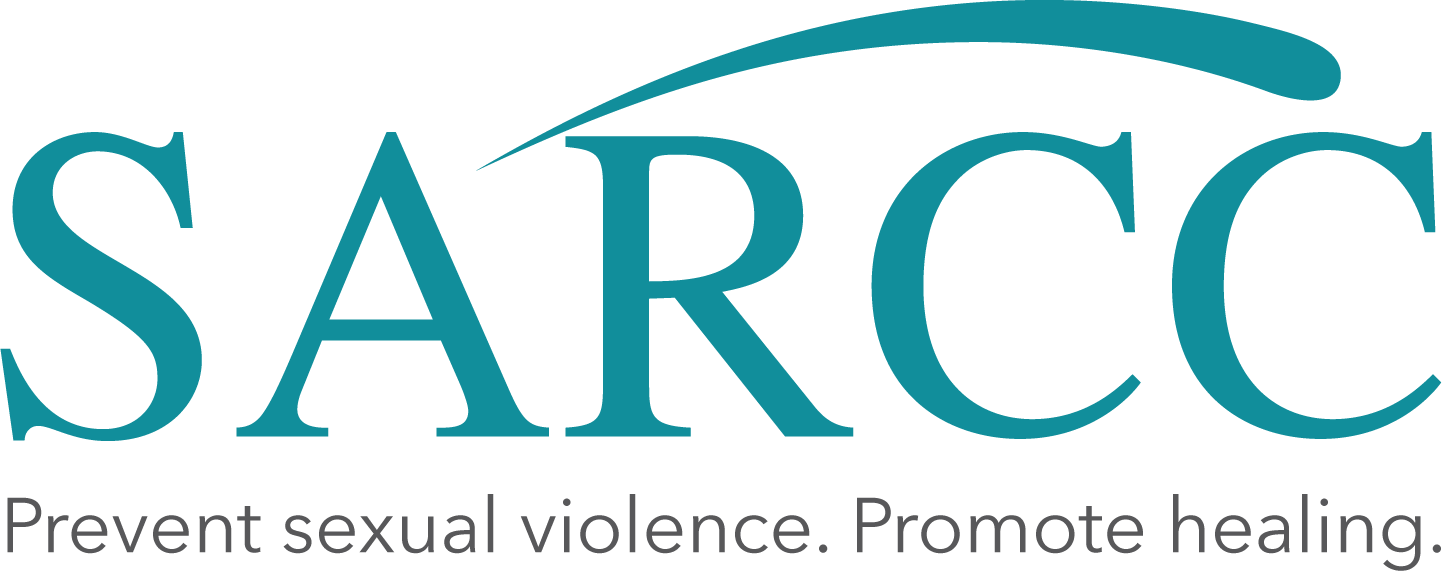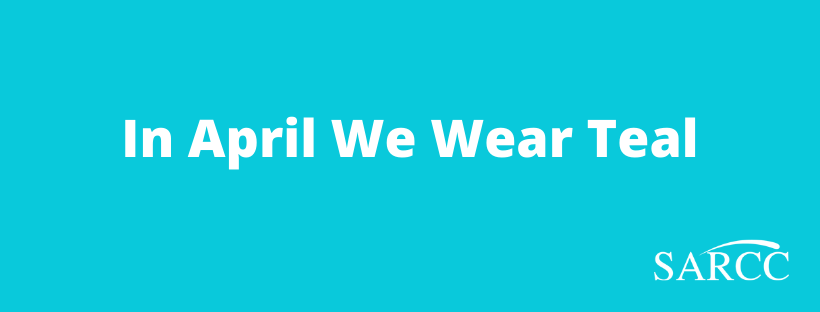Pinwheel Project Series (4th editorial): What are the long-term impacts of Child Abuse?
Serie de proyectos Pinwheel: ¿Cuáles son los impactos a largo plazo del abuso infantil?
Child abuse is far too common. In Lebanon County last year, Children & Youth Services investigated 1,363 cases of child abuse and neglect. Studies show that nearly 60% of the population experienced emotional, physical, or sexual abuse as a child, and almost 25% experienced emotional abuse or neglect. Childhood traumas often happen in clusters and build on each other. Experiencing one type of abuse increases risk for more abuse and violence later.
Child abuse accounts for an increased likelihood of using alcohol or other substances, starting to use earlier in life, and engaging in other risky behaviors. Child abuse also affects life-long health outcomes. This can include increases in body weight and obesity, cancer, heart disease, and depression and suicidal behavior. Children who are abused may also struggle to find and maintain healthy intimate relationships as they grow up.
Many forms of violence and abuse, including child maltreatment, share common risk factors. Reducing risk for child abuse involves making changes in society, in your community, in relationships, and in providing support to individual people.
- In society, cultural norms that support aggressive behavior, income inequality, weak health policies, education systems, and economic policies, and harmful ideas about what it means to be a man or a woman all increase risk for child abuse.
- In our communities, poverty in specific neighborhoods, easy access to alcohol, community violence, high unemployment rates, and poor neighborhood support all lead to increased risk for child abuse.
- In relationships, including families, risk factors include social isolation or lack of support, poor parent-child relationships, family conflict, and economic stress all increase risk.
- With individual community members, we can reduce the risk of perpetrating child abuse by promoting education, building non-violent problem-solving skills, treating any history of violence or trauma, intervening to keep someone from experiencing or witnessing violence, and providing support and access to substance abuse treatment.
Children often avoid telling adults about the abuse they experience. This could be for several reasons. Children often fear that they will not be believed, or they may be told by the person abusing them that they are responsible for the abuse. Child abuse may involve grooming, manipulation, or coercion. People who abuse children may be known, trusted, and respected in the community.
Still, many children try to tell about the abuse. This can happen through play, changes in behavior, or avoiding certain situations or people. Pay attention to the signs, and do not be afraid to check in with a child you are concerned about. If you suspect abuse, report it. You can report abuse, and still check in with the child and family to let them know that you see some signs that concern you, and that you want to help them if you can.
You are not in this alone. Any community member can report suspected abuse to Child Line by calling 1-800-932-0313. Our community also has many local resources for investigating and supporting children and families after child abuse. This includes free trauma therapy through the Community Health Council, support groups, trauma therapy, and counseling services through SARCC; shelter services and advocacy for family violence through Domestic Violence Intervention, forensic interviews and medical exams at the Children’s Resource Center, and the 211 Information and Referral support system through United Way of Lebanon County.



